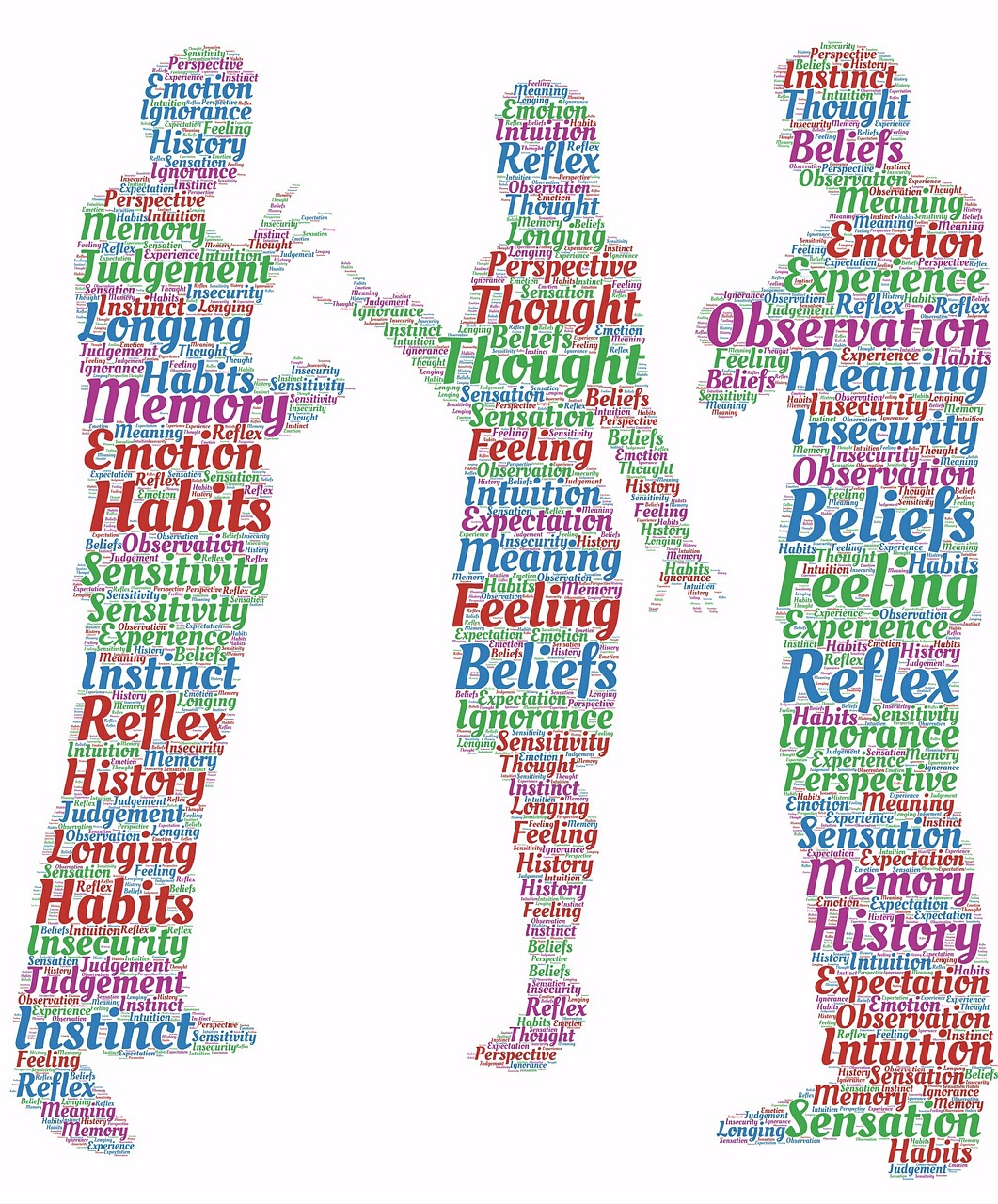According to the U.S. Census Bureau, nearly 1 in 5 people in the U.S. have a disability. That’s about 20% of our general population. Maybe you have a person with a disability in your family, or maybe you or your child has one. Disabilities are a timely subject that must be discussed in families.
Stay Positive
For centuries, disability was viewed through the “medical model” that said any disability was negative—a problem to be treated or cured. People with disabilities and their advocates are now moving away from this model, using positive language. When you see a person with a disability, tell your kids, “Her wheelchair helps her move around.” This is more positive than “She can’t walk” or “Her legs don’t work.” Small changes in language can make a big difference.
Focus on Common Ground
People with disabilities still have lots in commons with those that don’t. Focus on commonalities. You might say to your child, “Yes, Susan is deaf, but I notice that both of you like the slide and swings.” Also, show your children that people with disabilities can do many of the same things they can. Say, “Javier uses braille so he can read just like you can.”
Recognize the Person
Don’t speak exclusively about a diagnosis. For example, don’t say, “Josh is our friend with Down Syndrome” or, “Yes, I’ve met Angela; she’s autistic.” Always use the person’s name, and talk to him or her outside the context of disability. Speak directly to the person, not a caregiver or aide.









Leave a Comment
You must be logged in to post a comment.